6 ridiculous mistakes people make about bisexuality that are super easy to put right – buckle up
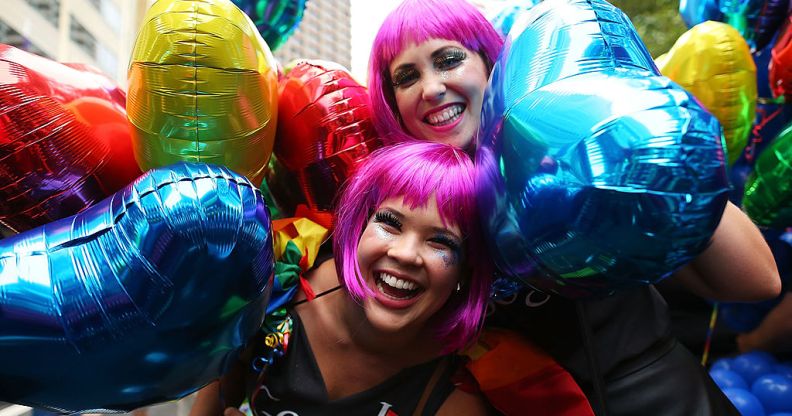
Two participants at the Sydney Mardi Gras Parade smile at the camera (Getty)
It’s Bisexual Awareness Week, which runs from 16-23 September each year, so it feels like a good time to set the record straight about bisexuality – and bust some myths in the process.
LGBTQ+ suicide prevention charity The Trevor Project has a handy guide, How to Support Bisexual Youth, which details some of the ways everyone can learn to be a better ally to bisexual people.
Bisexual people often experience erasure, bigotry and straight-up ignorance in their everyday lives, and also within the LGBTQ+ community – and face poorer mental health as a result.
The Trevor Project explains: “While all LGBTQ+ young people are at a higher risk of experiencing negative mental health outcomes than their heterosexual and cisgender peers, it’s worth noting that bisexual youth statistically face more challenges than lesbian and gay youth as well.
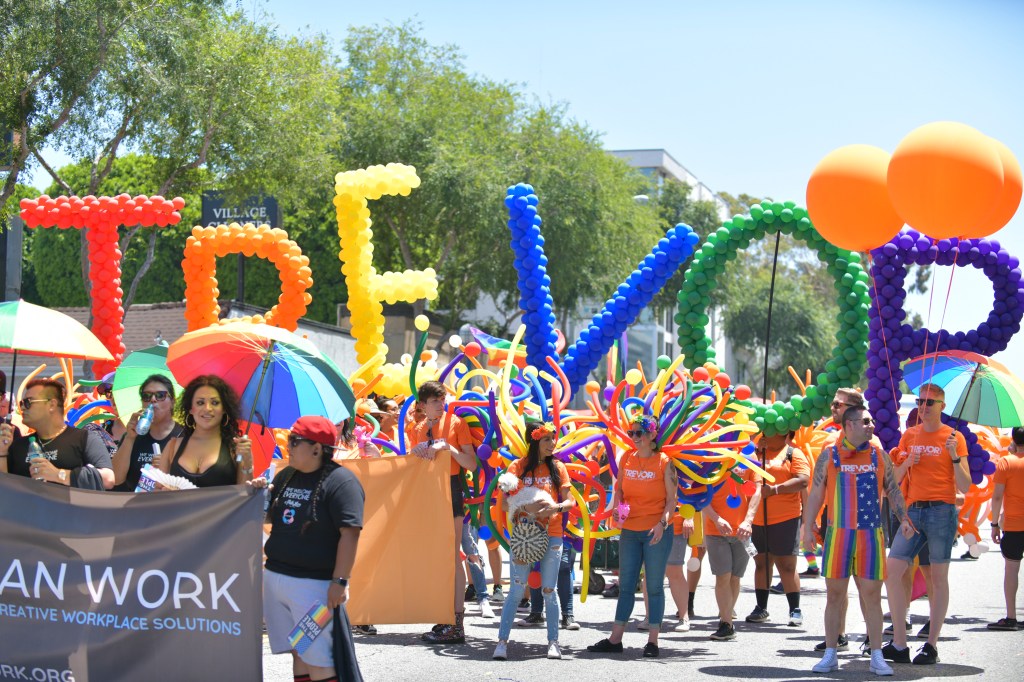
“According to The Trevor Project’s research, almost half of bisexual youth seriously considered suicide in 2020. Sixty-six per cent of bisexual youth reported feeling sad or hopeless for two or more weeks in a row in the past year, compared to 27 per cent of their heterosexual peers and 49 per cent of their gay/lesbian peers.
“Additionally, more than one in three bisexual youth reported being bullied at school, and one in five bisexual youth reported being forced to have sexual intercourse. These outcomes for harassment, sexual assault, and rape are particularly severe for bisexual people as compared to their straight, gay, and lesbian peers.
“These statistics underscore the need to increase public understanding and support for bisexual youth. They also remind us that no matter what words we use to describe an attraction to more than one gender, as a whole, this group faces significant obstacles and unique challenges. We must do more to make the world a safer place for bisexual young people.”
The Bisexual Awareness Week guide gives some handy things to bear in mind when discussing bisexuality, and tackles some common mistakes people make.
1. Biphobia and bi erasure exist in the LGBT+ community
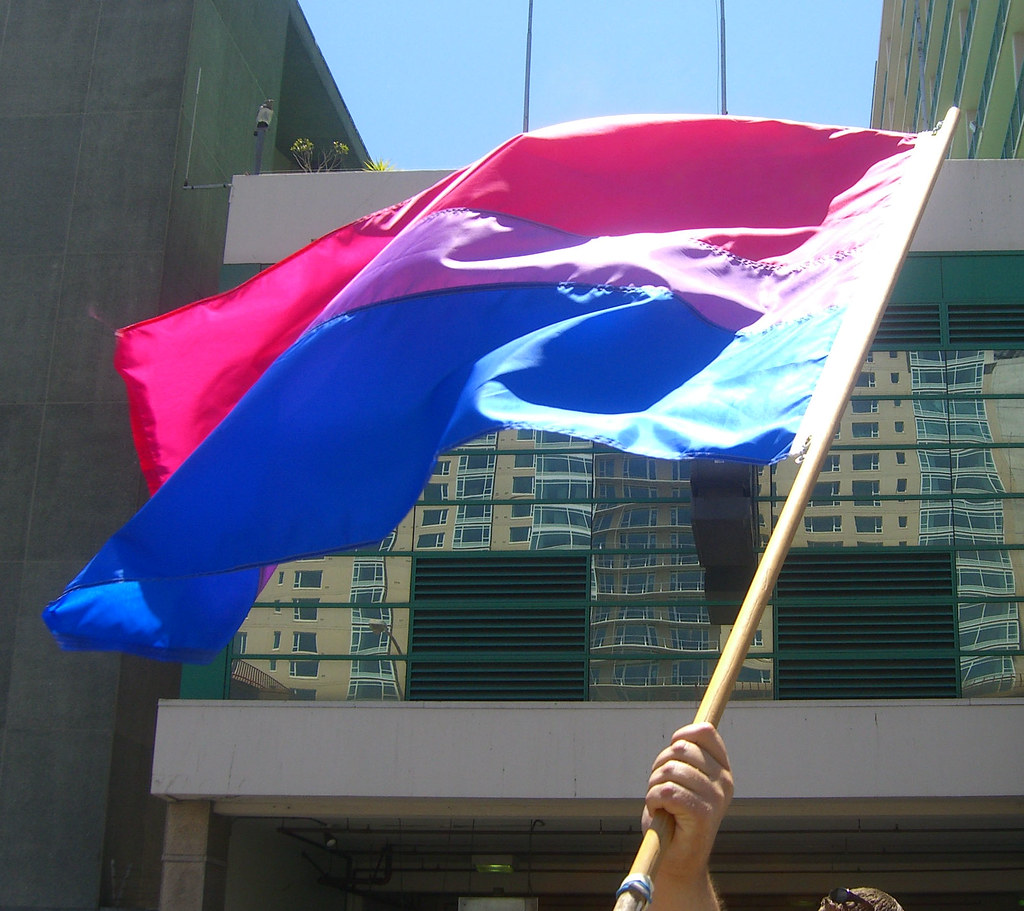
Many bi people are subject to casual biphobia, erasure and exclusion within the LGBTQ+ community – from comments about how bi people need to “choose a side” or are denying their ‘real’ sexuality, to community gatekeeping based on who they’ve been in relationships with.
Bi people can often feel excluded from queer spaces if they are accepted only when they are in a relationship with a person of the same gender.
2. Bisexuality doesn’t exclude non-binary people

While many people believe the term bisexuality refers only to attraction to men and women, The Trevor Project notes that historically and culturally, many people use the term to refer to “attraction to more than one gender, and the current definition is not specifically binary.”
While many use the term pansexual to describe attraction regardless of gender, the guide notes: “Some people may use the words bisexual and pansexual interchangeably, and others use only one word exclusively to describe themselves.
“It’s important to ask what words a person would like to use to describe themselves, rather than assuming or defining for other people. There is no ‘better’ identity term, there is only the best identity term for you.
3. Bisexual women are valid
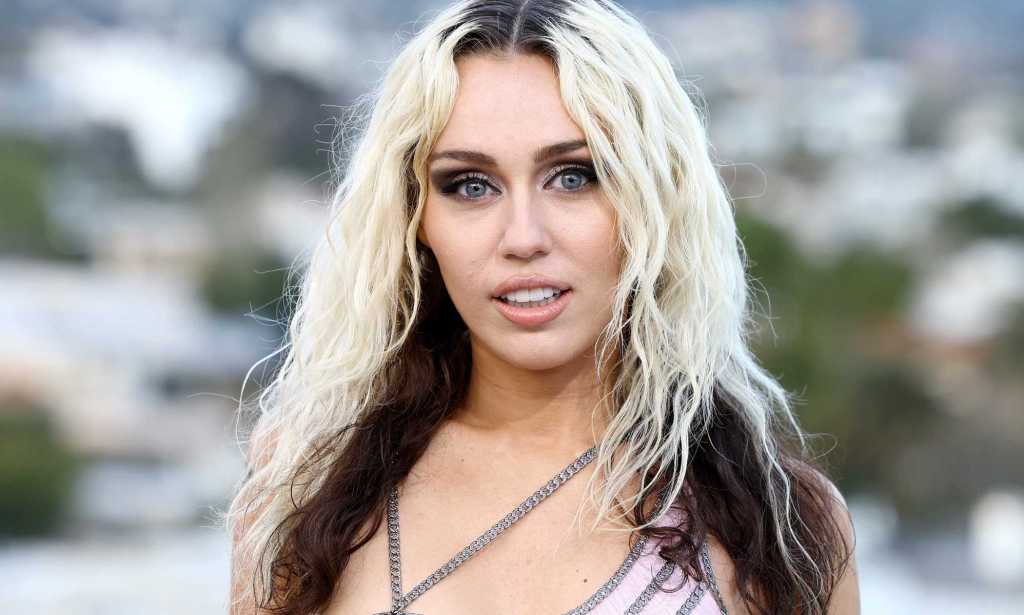
The guide notes: “For women who express attraction outside of men, there can be a false, harmful narrative that they are only doing it for the attention of men or that they are just experimenting.
“Because of this, bi women are often over-sexualised and invalidated. Bisexuality for many women, just as for people of other genders, is a valid identity that isn’t defined by a person’s current partner or relationships.
“Given the high rates of violence and sexual assault of bi women, it’s extremely important to support and protect bi women.”
4. Men can be bisexual
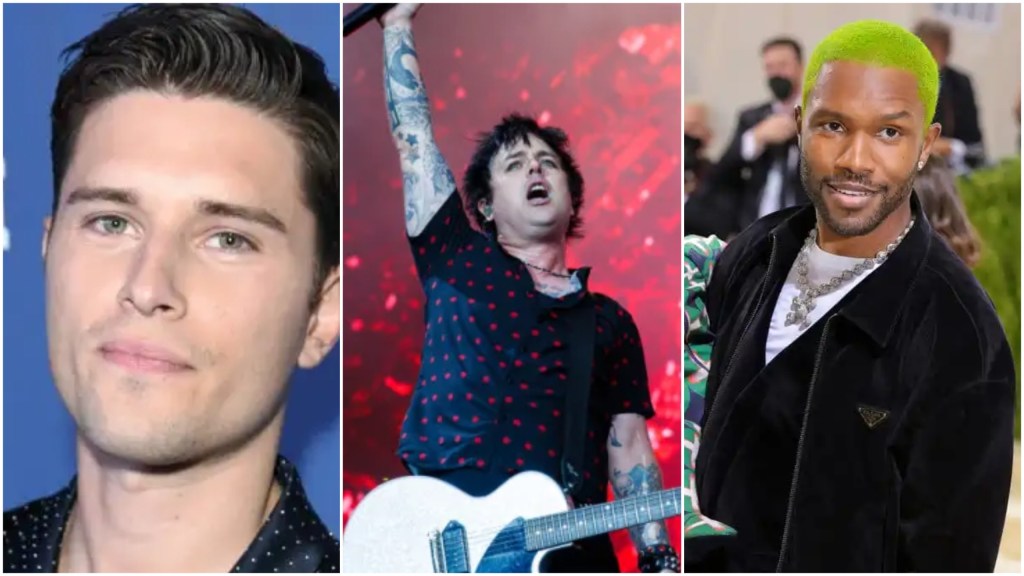
The Trevor Project adds: “Bisexual men are often invalidated for their sexual orientation, because of the stigma that for men, any attraction to people outside of women is interpreted and labelled as gay.
“Men should be allowed to express and experience attraction to people of more than one gender, just like everyone else.”
5. Non-binary people can be bisexual too

The guide says: “Gender identity expands far outside the man/woman gender binary. Non-binary people experience their gender outside of the gender binary and may come to understand their sexuality in a variety of ways.
“While non-binary people can be bisexual, just because you identify as non-binary does not mean you ‘have’ to use a specific label for your sexuality. It’s OK to explore different labels that describe an attraction to more than one gender, and it’s also OK to identify as both bisexual and non-binary.”
6. Bi people aren’t ‘greedy’ and their relationships are valid
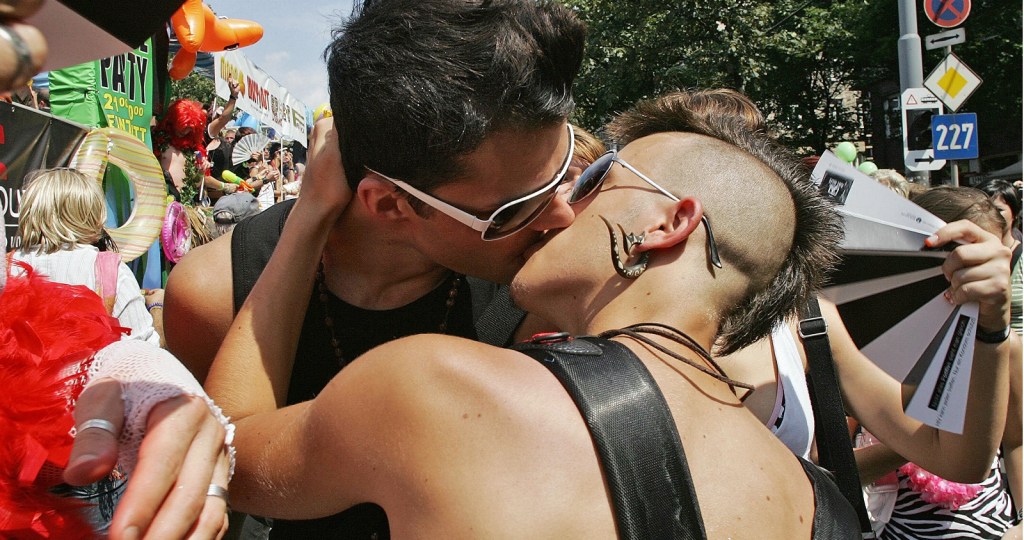
The guide explains: “Biphobia can present itself in different ways, depending on an individual’s relationship structure. For bi people in monogamous relationships (the practice of having a single partner at a time), there are often assumptions that a bi person is unable to stay committed to that one partner.
It is very important to note that bi people are able to stay committed in monogamous relationships the same way people of other sexual orientations are.
“There are unfair assumptions that because bi people have the capacity for attraction to more than one gender, they must by default be polyamorous (relating to the practice of engaging in multiple relationships with the consent and knowledge of all people involved) or non-monogamous (an umbrella term for intimate relationships that are not strictly monogamous).
“This is not the case for all bi people, and whether someone is monogamous or non-monogamous cannot be determined by their sexuality or gender alone.
“Additionally, biphobia can create a false belief that desiring a polyamorous relationship structure is greedy, but everyone deserves the kind of relationship that allows them to feel supported and fulfilled. A person of any sexual orientation can have any relationship type or structure, and one is no more valid than another.”
How did this story make you feel?
